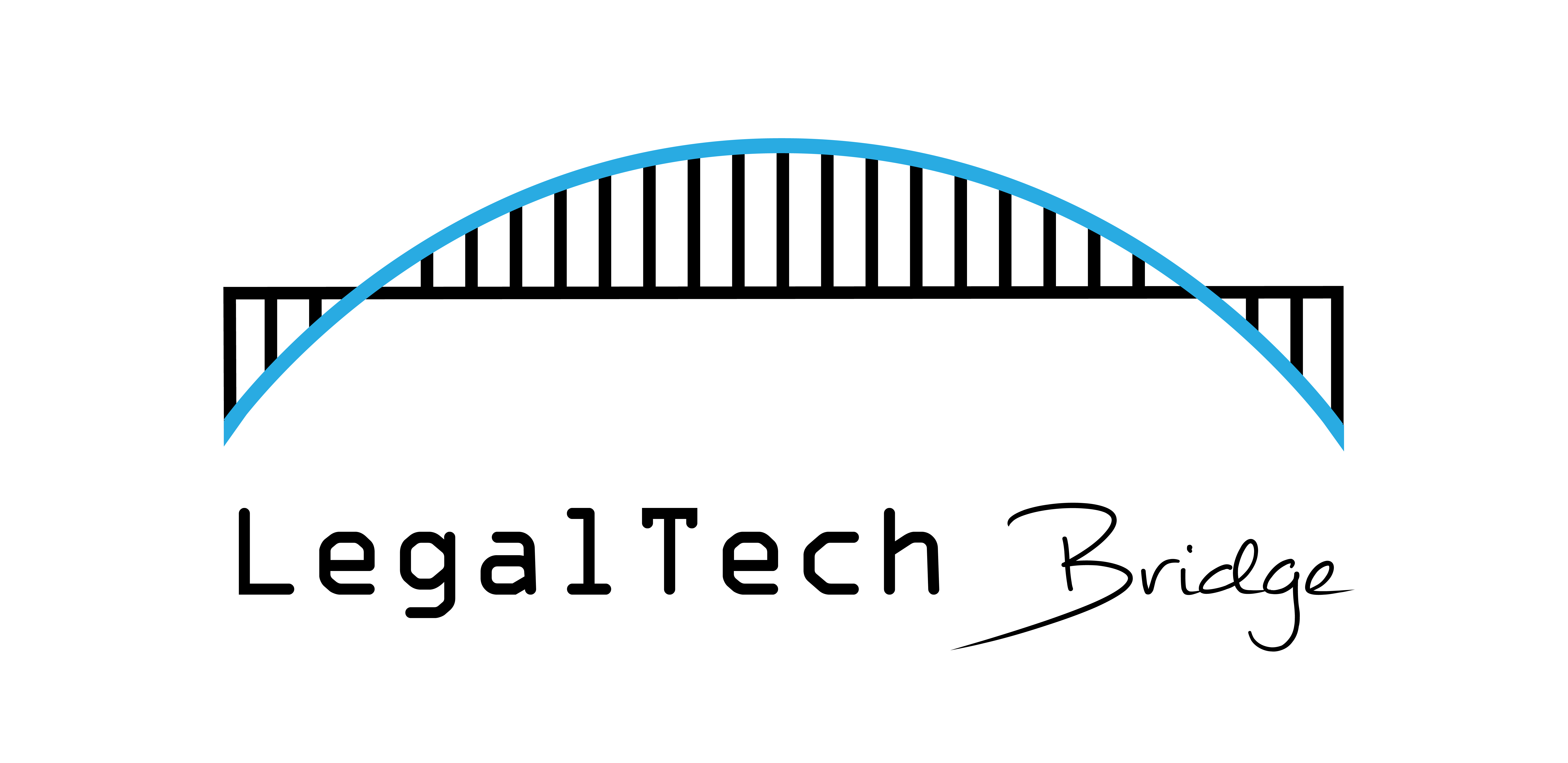Technology, Artificial Intelligence in particular, is the future. Legal applications are no...
LegalTech Education and Legal Defensibility
There are two types of discussions regarding law and technology:
- What does the lawyer think of the application of technology in society from a legal perspective? Does the technology comply with laws and regulations? What are the ethical aspects of the application of this technology (also known as IT law)?
- How can the lawyer be supported in her work by technology, such as artificial intelligence, and thereby make more consistent and better decisions in less time (also referred to as ICT for legal practice)?[1]
The LegalTech field is mainly concerned with the second part: how to support and empower legal professionals with technology (Hartung, 2018 & 2020; Katz, 2021; Jacob et al., 2020; Scholtes et al., 2021). Most of such applications deal with legal big data, either obtained from clients or as part of a discovery or information request. This type of data benefits most from intelligent searches, text mining, and advanced natural language processing techniques. However, such data could also originate from court verdicts or historic collections of case law or legal publications and include reasoning techniques or analysis to obtain deeper insights or teach a computer complex legal tasks.
Legal technology will have to meet applicable legal requirements and ethical standards, follow scientific best practices, and be applied properly by the end users. In other words, the application of technology has to be legally defensible, especially regarding artificial intelligence. This includes aspects of transparency, reproducibility, understanding, measurements, testing, validation, dealing with bias, compliance with applicable legislation, and ethical frameworks. “Magic black boxes” and “confidential proprietary technology” are no-go in LegalTech from a legal defensibility point of view.
LegalTech education should include several lessons on legal defensibility, which consists of five categories of control points: legal, ethical, mathematical and algorithmic, implementation, and usage requirements, making it easier to approach and explain to students [2]. Further, when explaining these different categories to students, one has to deal with two types of audiences that have a very different background in education, working methods, mental models, and skills: (i) law students, on the one hand, who often miss computer science courses, mathematical skills, and agile working methods, to name a few. (ii) Computer science students, on the other hand, have little understanding of legal requirements and legal thinking. When such differences are not acknowledged and addressed in the educational program, students will not understand the critical aspects of LegalTech, and the educational goals will not be achieved.
You can read more on this topic in the paper on Legal Defensibility which can be found in the "publication" section of this website: https://www.legaltechbridge.com/publications
[1] ICT Law and ICT for legal practice are the terms used in the LegalTech training at the law faculty of the Amsterdam University of Applied Sciences.
[2] See also the full paper: A Proposed Framework for Legal Defensibility of Legal Technology by Johannes (Jan) C. Scholtes and Tala Jomaa, First draft, January 2022. iPRO - ZyLAB White Paper.



